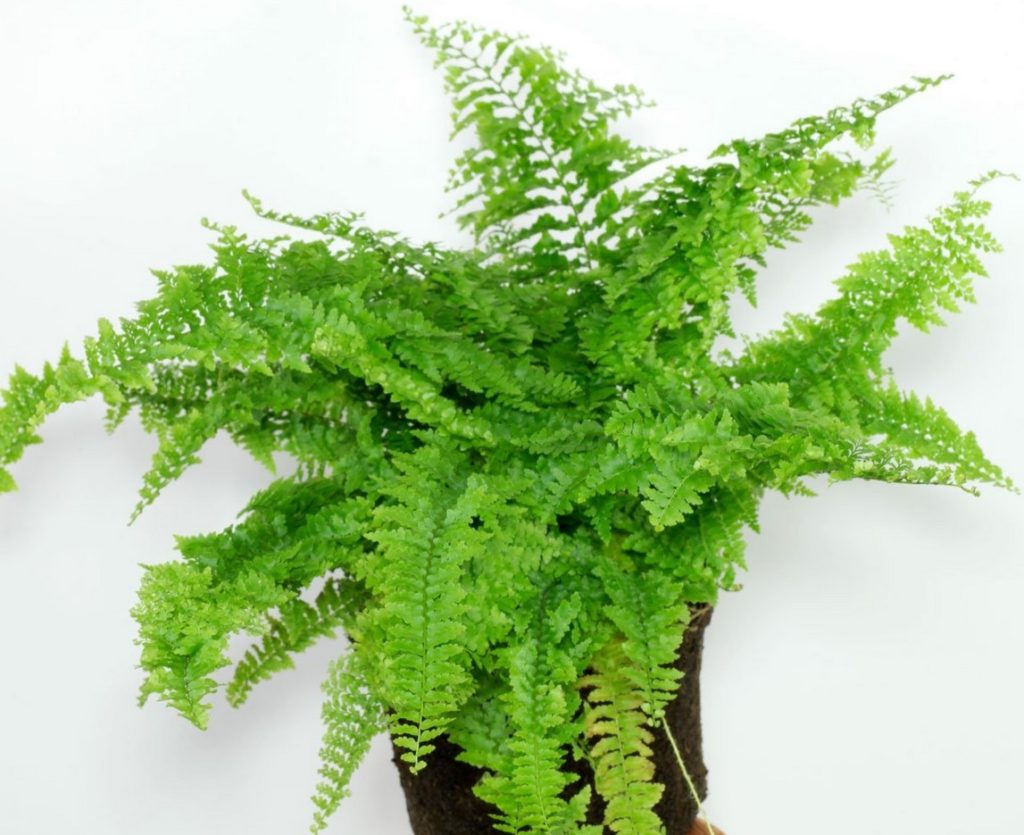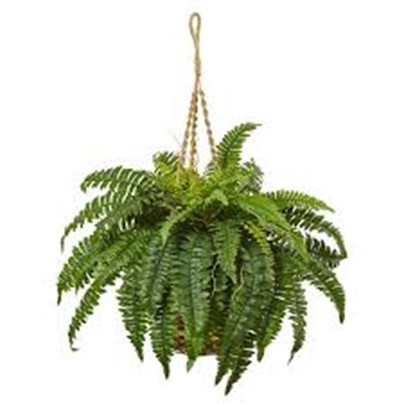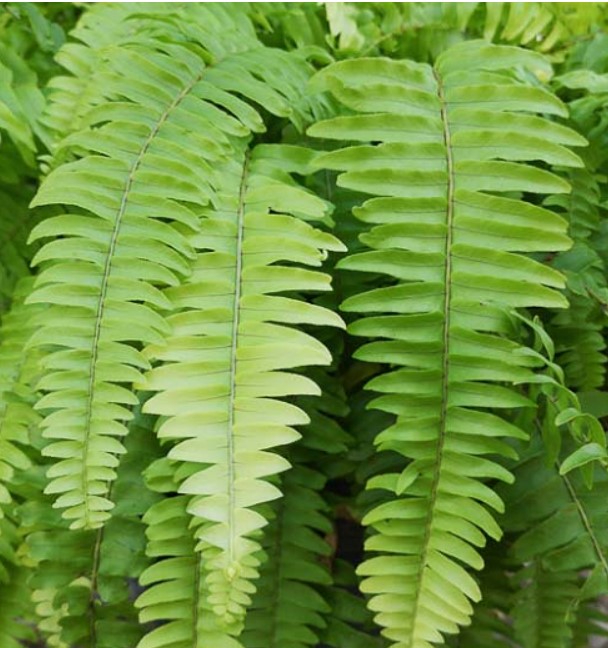Sword or Boston Fern
Nephrolepis exaltata



Characteristics
- Type: House Plant
- Zone: 10 – 12
- Height: 2 – 3 Feet
- Spread: 2 – 3 Feet
- Bloom Time: Non-Flowering
- Sun: Part Shade
- Water: Medium
- Maintenance: Low
- Leaf: Evergreen
- Tolerates: Rabbits
Culture
Fern Sword is winter hardy in USDA Zones 10-12 where it may be grown in moist, humusy, well-drained soils in part shade. It is easily grown indoors as a house plant. Use a peaty, soil-based potting mix. Site in bright indirect light with no direct sun. Tolerant of some shade. Soils should be kept consistently moist, with only a slight reduction in watering from fall to late winter. Prefers high humidity and may appreciate being set on a tray of wet pebbles. Weak fertilizer applications may be made monthly from spring to early fall. Will shed fronds if soils dry out, at which point all fronds may be cut back to about 2” to regenerate. Frond tips may brown up in winter conditions where humidity is low.
Noteworthy Characteristics
Nephrolepis exaltata, commonly called sword fern or Boston fern. It is an evergreen fern that grows with an upright spreading habit to 3’ tall and as wide. In its native habitat, it may grow to as much as 7’ tall. It is an easy and popular fern to grow indoors. Generally sword-shaped fronds have shallow toothed to entire pinnae. Fronds initially grow upward but arch gracefully with age. Commonly called Boston fern, which many years ago earned the reputation of being a classic parlor fern. A number of additional cultivars offer variations as curly, wavy, twisted, drooping, double-pinnate and overlapping fronds. A Boston fern grows with an upright spreading habit to 3’ tall and as wide. It is one of the easiest of the ferns to grow indoors. Fronds initially grow upward but arch gracefully and then droop with age. Its fronds are broader and droop more than those of the species.
Problems
No serious insect or disease problems. Scale, mealybugs, slugs and white fly may appear.
Garden Uses
As an indoor fern, it is perhaps best for pedestals or hanging baskets. Locations in or near bathrooms or kitchens may have better humidity. Where winter hardy outdoors, it may be grown in groups or massed in shady areas, or it may be sited at the base of shrubs or around trees.
Courtesy of Missouri Botanical Society Plant Finder